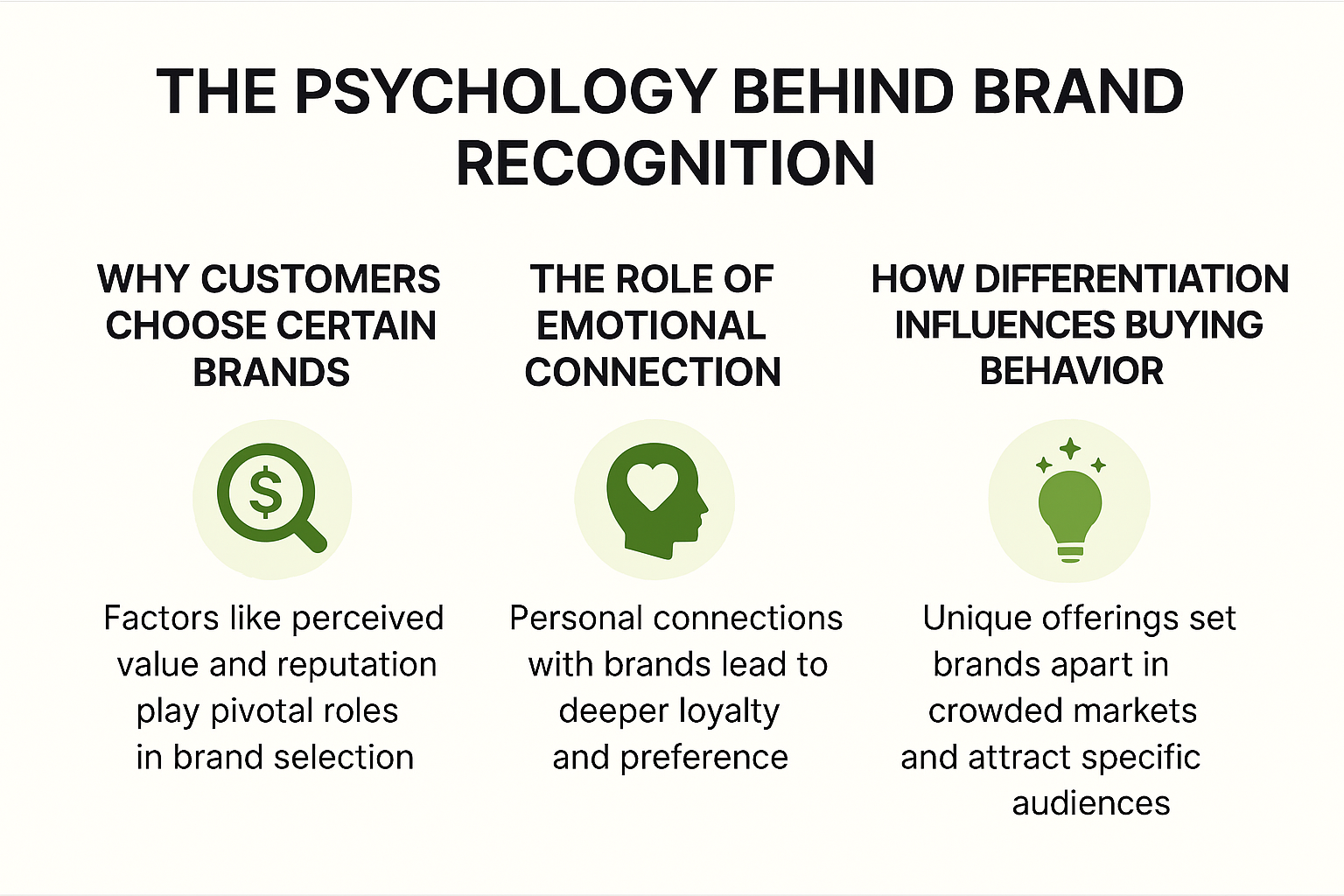
Standout vs Competitors: Which Branding Method Works Best?
Discover the difference between Standout branding and competitor-based branding in this detailed guide. Learn how each method influences customer perception, brand loyalty, and long-term business growth—and find out which strategy works best for your brand’s success.
Table of Contents
ToggleIntroduction
Branding isn’t just a logo or a tagline—it’s the heart of what makes a company memorable. Today, businesses use two common strategies: standout branding, which focuses on innovation and uniqueness, and competitor-based branding, which positions the brand relative to existing competitors.
Which one works best? That’s exactly what we’ll break down in this in-depth guide.
Understanding Branding Methods
What Is Standout Branding?
Standout branding focuses on carving a unique identity that clearly separates you from everyone else.
What Is Competitor-Based Branding?
Competitor-based branding positions your brand by comparing or aligning it with others in your market.
Why Both Methods Exist
Different markets require different approaches depending on consumer expectations and competition.
The Psychology Behind Brand Recognition
Why Customers Choose Certain Brands
People choose brands that make them feel seen, safe, or inspired.
The Role of Emotional Connection
Brands with strong emotional identities tend to outperform others long-term.
How Differentiation Influences Buying Behavior
If customers instantly recognize your uniqueness, you're already ahead.
Standout Branding Explained
Unique Brand Voice
Your tone, messaging, and storytelling become your signature.
Bold Visuals and Identity
Color palettes, design, and aesthetic define the personality of your brand.
Customer-First Positioning
Standout brands focus heavily on user experience.
Innovation-Driven Presence
They introduce new ideas, not mimic existing ones.
Competitor-Based Branding Explained
Market Benchmarking
Brands analyze top competitors to determine positioning.
Price-Positioned Branding
Pricing is based on being cheaper, equal, or premium compared to others.
Mirroring Competitor Features
Many brands replicate winning features.
Reactive Marketing Approach
Competitor-driven brands respond to market changes rather than lead them.
Benefits of Standout Branding
Strong Emotional Loyalty
Fans support your brand because it aligns with their personality.
Higher Perceived Value
Unique brands often command higher prices.
Long-Term Brand Stability
Differentiation helps brands survive longer.
Higher Adaptability
Unique brands can evolve without losing identity.
Downsides of Standout Branding
Requires Creativity
Not all brands can constantly innovate.
Can Be Misinterpreted
If the message is unclear, audiences may feel confused.
May Take Time to Grow
Unique positioning often takes longer to build recognition.
Benefits of Competitor-Based Branding
Faster Market Entry
Replicating what works helps get started quickly.
Lower Research Costs
Brands follow established patterns.
Works in Crowded Markets
Useful when differentiation is extremely difficult.
Familiar Positioning
Consumers recognize similarities and trust the brand faster.
Downsides of Competitor-Based Branding
Lack of Differentiation
Brands fail to stand out from the competition.
Price Wars
Competing on price leads to lower profits.
Perceived as Copycats
Customers may not take the brand seriously.
Lower Loyalty Levels
Customers easily switch to other brands.
Standout vs Competitor-Based: Which Method Wins?
When Standout Branding Works Best
- Creative industries
- Luxury brands
- Innovative tech companies
- Startups with a unique offering
When Competitor-Based Branding Works Best
- Crowded markets
- Price-sensitive industries
- Businesses with limited budgets
Comparing Long-Term Profitability
Standout branding generally yields higher long-term profitability and brand equity.
Real-World Examples
Standout Branding Success Stories
- Apple — iconic, unique, aspirational
- Tesla — futuristic innovation
- Airbnb — reinvented travel experiences
Competitor-Based Branding Success Stories
- Xiaomi — affordable alternatives to premium brands
- Dunkin’ — positioned cheaper than Starbucks
- Samsung (early years) — competing directly with Apple’s features
How to Select the Right Method for Your Business
Identify Brand Goals
Do you want fast growth or long-term brand equity?
Understand Your Target Audience
Different audiences value different branding styles.
Analyze Competitor Density
If your market is saturated, standout branding may work better.
Consider Your Brand’s Resources
Standout branding requires creativity and investment.
Blended Branding Strategy
When to Combine Both Methods
In competitive markets where differentiation is possible but risky.
Benefits of Hybrid Branding
You stay competitive while maintaining some originality.
Examples of Blended Branding
- Nike (standout brand but monitors competitors)
- Samsung (today blends innovation with competitor insights)
How to Implement Standout Branding
Define Your USP
What makes you truly different?
Build a Bold Identity
Create visuals and messaging that pop.
Reinvent Customer Experience
Offer something your competitors don’t.
How to Implement Competitor-Based Branding
Study Your Top 5 Competitors
Understand what works and what doesn’t.
Price-Position Your Brand
Place yourself strategically above or below competitor pricing.
Leverage Competitor Weaknesses
Capitalize on what customers dislike about competitor products.
Conclusion
So, which branding method works best—standout or competitor-based?
It truly depends on your goals. If you want long-term loyalty and strong identity, standout branding is your winner. If you want quick entry and proven methods, competitor-based branding may be right.
But the most successful brands often blend both, adapting their strategy based on market needs while maintaining originality.
Frequently Asked Question
Standout branding helps build a unique identity, but competitor-based branding works for quick entry.
Not necessarily—but they often struggle to create loyalty.
Yes, many brands evolve as they grow.
Not always—creativity often matters more than money.
Standout branding usually wins because it helps break through the noise.












